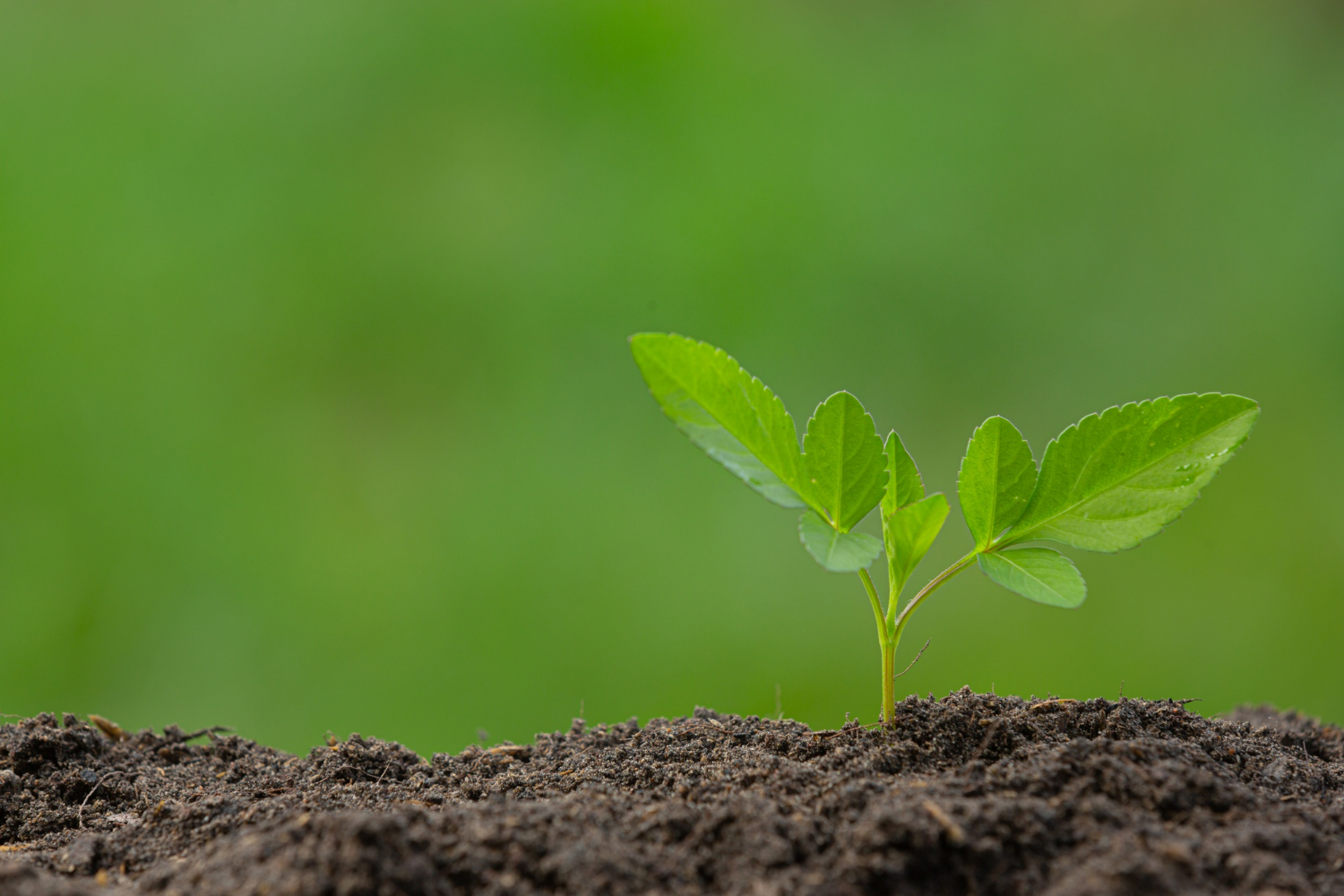Using compost is a great way to improve your soil drainage. It changes the soil makeup, allowing better aeration and water retention. Ensure you monitor the amount of compost you use and its performance for better soil drainage.
Table of Contents
The Importance of Well-Drained Soil
Well-drained soils are essential for plant growth. Soils that hold enough water can dry out plants, causing them to die. Well-drained soils are more balanced, with a good drainage ratio that ensures plants get the correct amount of water.
The materials you use in composting will modify the soil properties, therefore improving drainage. You must ensure the compost materials you use are fully decomposed for the best results.
Since you will be using different organic materials, you also need to find the perfect balance between green and brown materials.
Green compost materials will break down faster than brown, creating a coarse-textured compost that changes the more the materials decay. This opens the soil particles, making little gaps that allow air and water to get through, improving drainage.
The carbon-based materials in compost decompose over time, ending in a mushy consistency resembling hummus. This consistency provides sponge-like qualities that also increase the amount of air and water getting into the soil.
How Do You Tell If Your Soil is Draining Well?
You might not be sure of the type of soil you have, making it hard to know if it has the correct draining properties. The good news is that you can carry out a simple test to help you discover that.
Start by digging a small hole, around 30cm (12 inches) deep. Fill the hole with water; the first water will drain quickly; this doesn’t say anything about the soil, especially if it was dry before.
Once done with the first fill, pour in more water and observe how your soil reacts. Give it some time, around half an hour to an hour, to monitor the changes.
If the water only drains a couple of inches, your soil is more compact and is likely clay soil. If it is completely dry or only a little water is left, you might have sandy soil.
You can also test its drainage properties by feeling the soil. If it is sticky and slimy, it is most likely clay soil.
If the texture is more granular, it could be sandy soil. This test is not the most reliable if you don’t have enough experience, so it is better to test it with water.
How To Boost Drainage with Compost
A general rule is to use at least 10 cm/ 4 inches of compost over your soil, and this works best if you have never used compost on your soil before.
Dig this compost in and let it do its work. If you have done it before and want to improve your soil’s consistency, using 5 cm/ 2 inches of compost material can be enough. This can kickstart the composting process, making the soil more used to the materials.
Repeat this process every year to slowly improve your soil’s drainage capacity. Ensure you do not overdo your composting activities or use excess compost and be sure not to substitute it for soil. Too much compost increases the microbial activity in the soil.
The microbes and your plants will fight for the nutrients needed for plant growth, causing a drop in the available nutrients. It can deprive your plants of the necessary nutrients, causing them to wilt or die.
How Compost Helps Clay and Sandy Soil Drain Well
Drainage is different depending on the soil used. It is easier to determine what kind of remedy your soil needs once you know its drainage properties, which also lets you know the type of soil you have.
Compost has multiple benefits in all kinds of soils. One is the enhancement of the soil’s drainage properties. It also promotes oxygenation and improves water retention properties, creating a more suitable environment for plants to thrive.
Different remedies exist for the different soil types, such as:
1. Clay Soil
The soil particles in clay soil are so small and compact that they don’t let water pass. This is because they are all close, leaving no air gaps or pockets to allow water to get through.
Because of this, the soil gets waterlogged. The soil’s ability to hold water can drown your plants, and the soil drains slowly, which can overwhelm the plant roots.
Since it is compacted soil, forming what is known as heavy clay, compost helps by breaking up its structure.
It creates air pockets that allow water to pass through, removing excess water and only letting it retain the required amount.
This will make your soil flakier, leading to better drainage. It also reduces the wet soil and allows water to flow more freely.
2. Sandy Soil
This soil is more coarse, with larger pore space than clay. The large particles let water drain freely, not retaining enough to benefit your plants and impede root growth. This causes leeching, where the nutrients drain with the water.
The water level in sandy soils is too low, not leaving any water and nutrients for the plant. It also makes the plants thirsty.
Using mature compost is the best method to improve drainage in sandy soil or other soils with the same consistency. The compost will create a more compact consistency, resulting in well-draining soil.
This binds the soil particles together, closing up some air particles and allowing the soil to hold more water. You can also add mulch or cover crops to the soil surface to help it retain more water.
The compost will also reduce soil compaction with the growth of microorganisms, creating more beneficial soil for your plants. It can also reduce the salinity levels, improving the soil profile and promoting a healthier root system.

